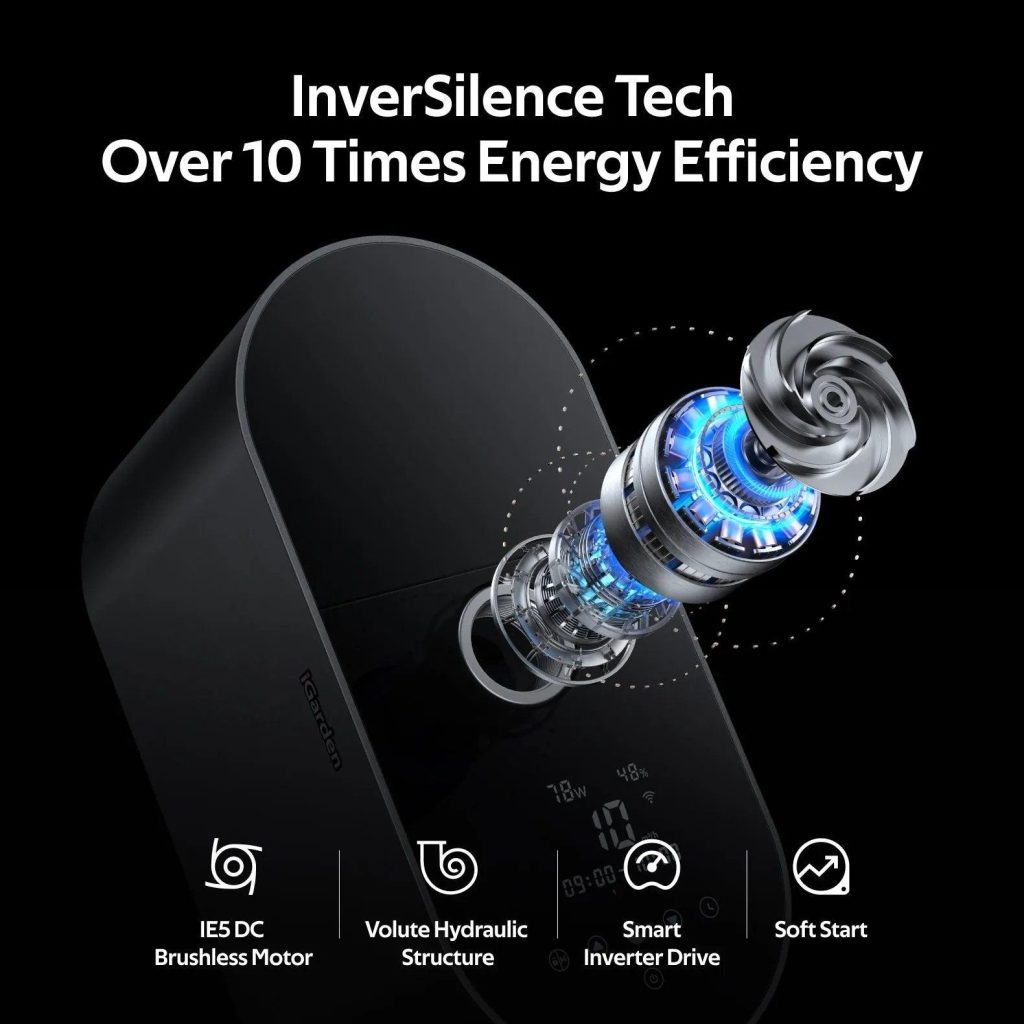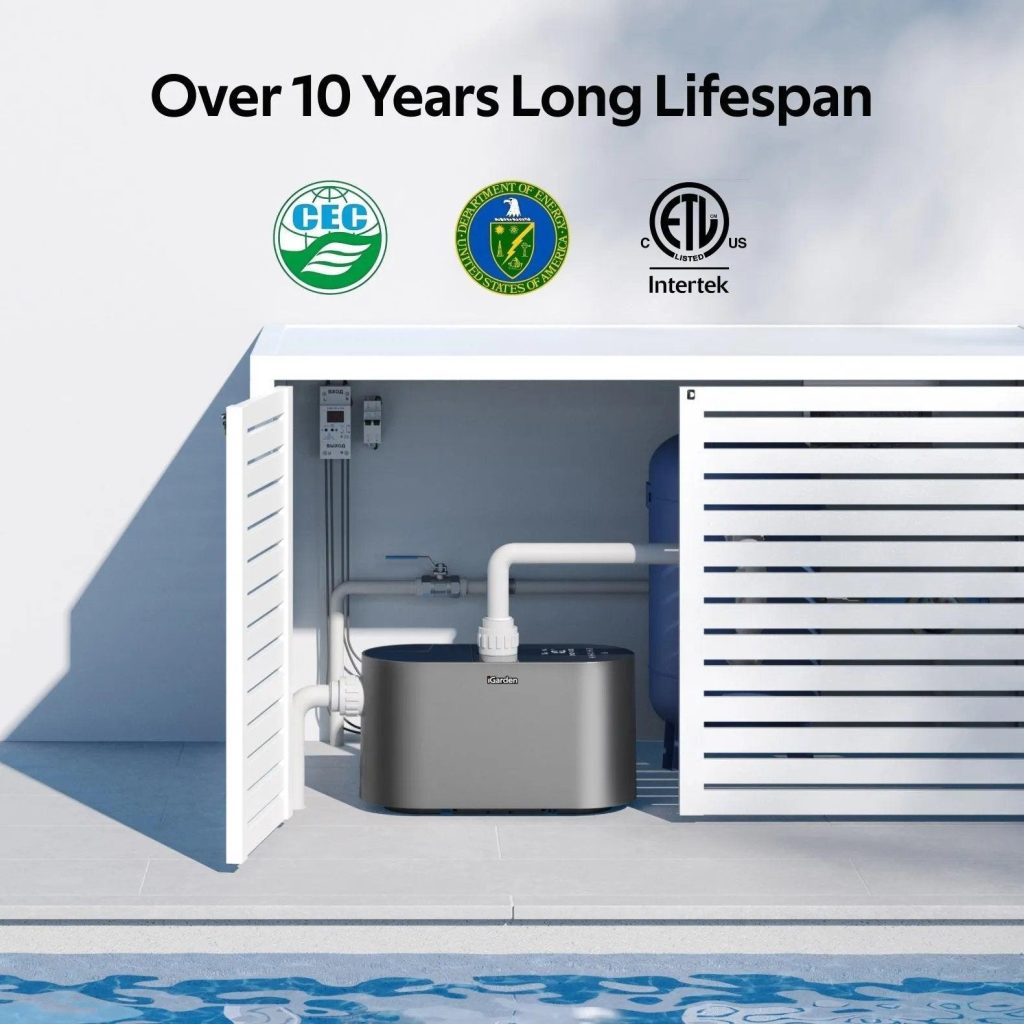It’s 2 AM, and you’re jolted awake by the sound of your pool pump making unusual noises. As you head outside to investigate, you realize you need to access the pump cover – but in the darkness, you’re unsure about the safe procedure. This scenario is all too common for pool owners, where improper handling of pump covers can lead to dangerous electrical hazards or costly equipment damage.
Understanding how to safely operate your pool pump cover while having reliable backup support is crucial for every pool owner. Whether you’re performing routine maintenance or dealing with an emergency, knowing the correct techniques and having access to professional assistance can prevent accidents and extend equipment life. With iGarden’s 24/7 assistance program, you’re never alone in handling pool pump cover challenges, ensuring both your safety and peace of mind.
Understanding Pool Pump Covers: Types and Safety Fundamentals
Pool pump covers come in three main varieties, each serving specific needs. Standard covers provide basic protection through lightweight aluminum or plastic construction. Insulated covers offer enhanced temperature control and energy efficiency with foam-core designs. Custom-fit covers are precisely manufactured to match unique pump configurations, ensuring optimal protection and accessibility.

Before attempting any pool pump cover operation, understanding fundamental safety protocols is essential. Always verify the pump is completely powered down and disconnected from the electrical supply. Weather conditions significantly impact safe operation – avoid accessing covers during storms or high winds. Create a dedicated safety zone around the pump area, keeping children and pets at a safe distance during maintenance.
A thorough pre-operation inspection is crucial for safe cover handling. Check for signs of damage like cracks, rust, or loose components. Ensure proper clearance around all sides of the cover, maintaining at least two feet of workspace. Verify all safety latches and locking mechanisms are functioning correctly. Look for any signs of water accumulation, electrical cord damage, or debris that could interfere with safe operation. This systematic approach to cover inspection helps prevent accidents and ensures smooth operation during maintenance procedures.
Step-by-Step Guide to Safe Pool Pump Cover Operation
Preparation and Access Procedures
Before accessing your pool pump cover, implement proper lockout/tagout procedures by switching off power at both the circuit breaker and pump switch. Double-check power disconnection using a voltage tester. Remove any padlocks or security devices, storing them in a designated spot to prevent misplacement. When lifting the cover, maintain proper posture by bending at the knees and keeping your back straight. Position yourself at the center of the cover’s edge for balanced weight distribution.
Maintenance Mode Activation
During maintenance operations, secure the cover in its open position using the manufacturer’s recommended support mechanism or safety prop. For windy conditions, utilize temporary tie-downs or weighted supports to prevent unexpected closure. Position the cover at a 90-degree angle for optimal access while maintaining stability. Create a temporary weather shield using a portable canopy during extended maintenance in adverse conditions.
Winterization and Seasonal Protection
Prepare your pump cover for winter by thoroughly cleaning and drying all sealing surfaces. Apply manufacturer-approved weatherstripping to create an airtight seal, focusing on corners and edges where cold air might penetrate. Install ventilation plugs in designated areas to prevent condensation buildup while maintaining protection. For enclosed units, implement a regular schedule to check ventilation systems, ensuring proper airflow without compromising weather protection. Consider installing additional insulation panels during extreme weather conditions, but maintain access to essential monitoring points.

Troubleshooting Common Pool Pump Cover Issues
When encountering a stuck or jammed pool pump cover, first inspect the track system for debris accumulation or misalignment. Gently clean tracks using compressed air and apply a silicon-based lubricant to restore smooth operation. If the cover remains stuck, check the hinges for rust or binding – a penetrating oil application often resolves minor seizures. However, avoid forcing movement if significant resistance persists, as this could cause permanent damage.
Weather-related damage requires systematic assessment. Examine the cover surface for hairline cracks, particularly around mounting points and high-stress areas. Minor cracks under 2 inches can often be temporarily sealed with marine-grade epoxy, while larger fractures or warping typically indicate replacement needs. Monitor the cover’s edges for separation from the frame, which can compromise weather protection and safety features.
Alignment issues frequently stem from loose mounting hardware or worn hinge components. Address misalignment by first checking all mounting bolts and tightening any loose connections. For hinge maintenance, remove accumulated grime using a degreasing solution, then apply marine-grade grease to all moving parts. When realigning the cover, ensure even gaps on all sides and verify that safety latches engage properly. If alignment problems persist despite these measures, professional evaluation may be necessary to prevent potential safety hazards.
Leveraging 24/7 Customer Support for Pool Pump Emergencies
Emergency situations with pool pump covers require quick decision-making about whether to attempt DIY solutions or seek professional help. Contact iGarden immediately when encountering electrical issues like sparking or burning smells, structural failures such as complete cover detachment, or any situation presenting immediate safety hazards. Their expertise prevents dangerous DIY attempts that could worsen the situation.
Multiple contact options ensure you’re never without help. The hotline provides direct access to certified technicians, while the live chat feature offers quick troubleshooting guidance with photo-sharing capabilities. Before making contact, gather essential information including your pump cover model number, recent maintenance history, and clear photos of the issue. For electrical problems, note any error codes displayed on your pump’s control panel. This preparation significantly speeds up the resolution process.
Recent success stories demonstrate the effectiveness of 24/7 support. Last summer, a Florida homeowner contacted support at 3 AM during a tropical storm when their pump cover became partially detached. The support team guided them through emergency securing procedures, preventing thousands in potential water damage. Another case involved a California resident who received step-by-step instructions to safely disable a malfunctioning electronic locking mechanism, allowing crucial maintenance access while waiting for repair service. These examples highlight how professional guidance transforms potentially dangerous situations into manageable solutions.
Safe Operation and 24/7 Support: Your Complete Guide to Pool Pump Cover Management
Operating pool pump covers safely requires a careful balance of technical knowledge and professional support. By following proper safety protocols during routine maintenance – including power verification, proper lifting techniques, and thorough pre-operation inspections – pool owners can significantly reduce their risk of accidents and equipment damage. However, even the most diligent maintenance routine can’t prevent every emergency.
This is where the value of 24/7 professional support becomes evident. Having immediate access to expert guidance provides an essential safety net for those unexpected situations that arise outside normal business hours. Whether you’re dealing with a stuck cover during a storm or encountering an electrical malfunction at midnight, help is always just a phone call away.
Remember that proactive maintenance and prompt attention to minor issues are your best defenses against major emergencies. By combining regular inspections with the security of round-the-clock professional support, you can ensure both the safety of your pool system and your peace of mind throughout the year.



 Bitcoin
Bitcoin  Ethereum
Ethereum  Tether
Tether  XRP
XRP  USDC
USDC  Solana
Solana  TRON
TRON  Lido Staked Ether
Lido Staked Ether  Cardano
Cardano  Avalanche
Avalanche  Toncoin
Toncoin